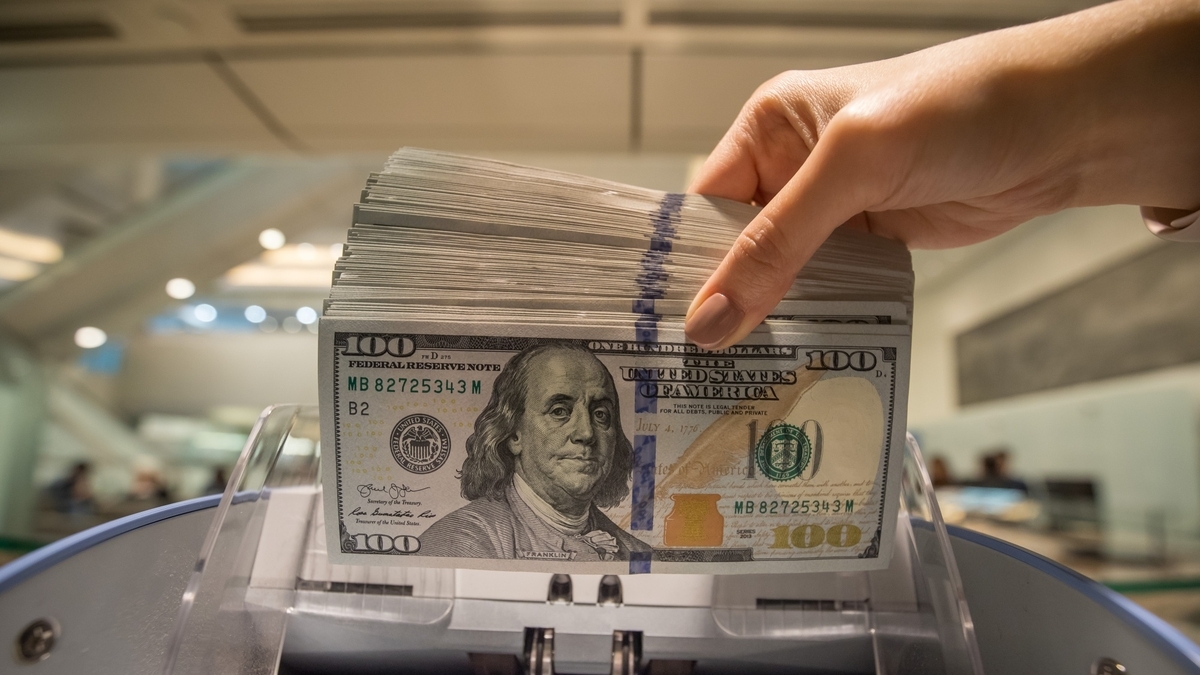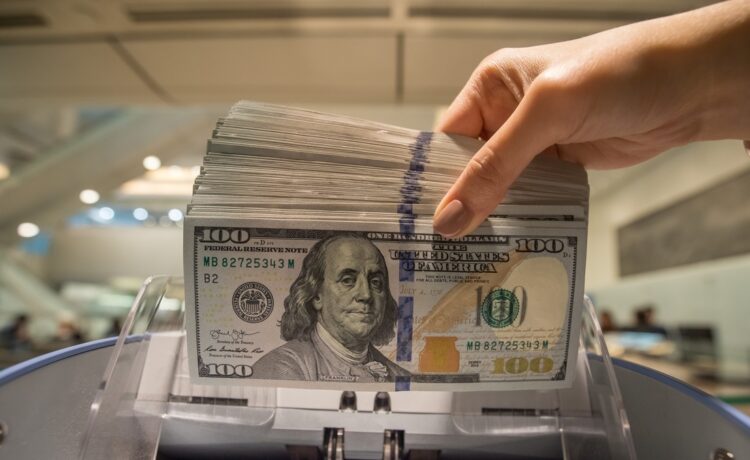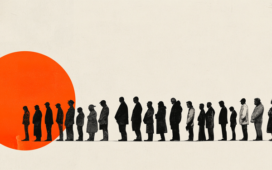U.S. Dollar Faces Largest Drop Since 2020 Amid Anticipated Federal Reserve Actions

The U.S. dollar is poised to experience its worst performance since the beginning of the pandemic in 2020. A Bloomberg index shows a nearly 3% decline in the dollar’s value this year, marking the largest annual drop since 2020. This downturn is attributed to Wall Street’s anticipation of the Federal Reserve reducing interest rates in response to slowing economic growth.
Federal Reserve’s Anticipated Actions
Expectations are high that the Federal Reserve will cut rates by at least 150 basis points, commencing as early as March. These predictions are influenced by a decrease in economic data, though not substantial enough to instigate a demand for safe-haven assets. The dollar’s future movements may also be impacted by the upcoming U.S. presidential election, particularly if Donald Trump re-enters the fray as a candidate.
Temporary Rebound and Other Currency Movements
While the dollar might be due for a temporary rebound, as indicated by the Bloomberg Dollar Spot Index’s relative strength index falling below 30, other currencies have experienced significant gains against the dollar. The British pound and Swiss franc have seen substantial rises, with the pound poised to have its best year since 2017 and the franc reaching trade-weighted highs.
Reasons for Currency Strength
Sterling’s rise can be attributed to a more than 5% rally against the dollar in 2023. On the other hand, the Swiss National Bank may intervene to decrease the value of the franc. As the U.S. dollar braces for its worst performance in years, it’s critical to monitor these economic indicators and their potential global impacts.





